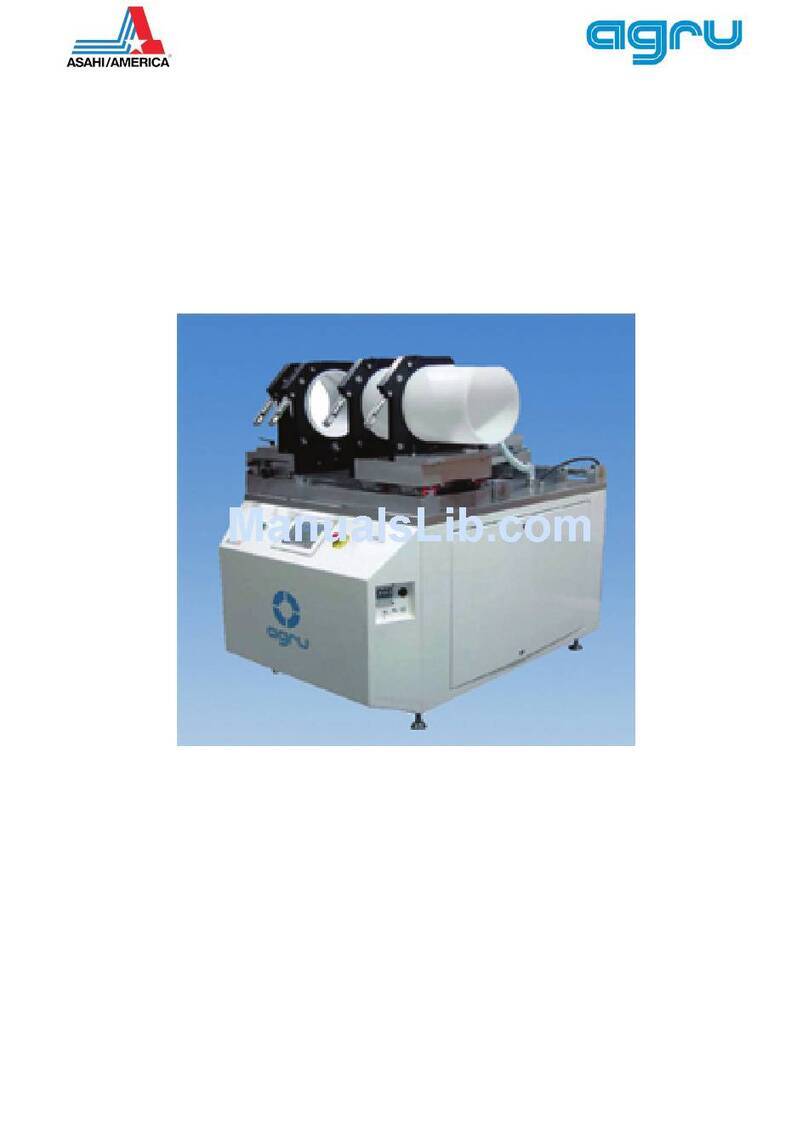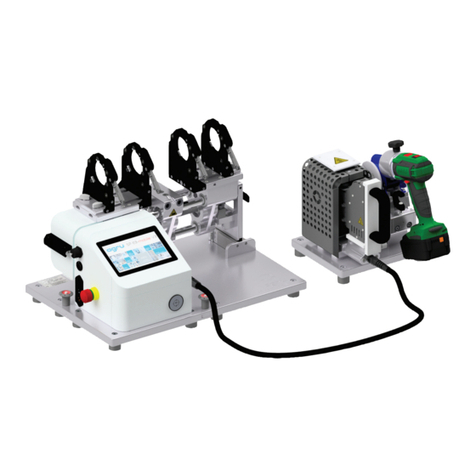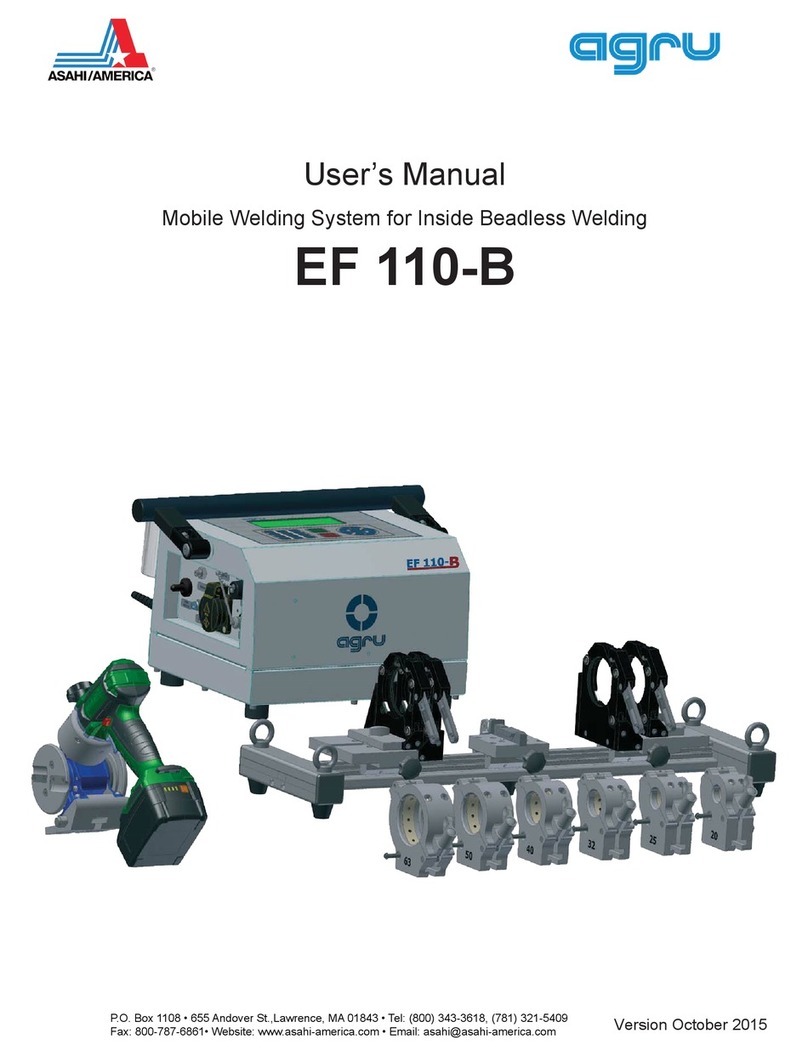
Version October 2014 EN 3
agru SP 63-mobile User’s Manual
Contents
1 Introduction ...........................................................................................................5
2 Safety Messages...................................................................................................5
2.1 The User's Manual ................................................................................................5
2.2 Explaining Icons ....................................................................................................5
2.3 Safety Messages and Information on Remaining Risk .........................................6
2.4 User/Operator Obligations ....................................................................................7
2.5 Worksite Description .............................................................................................7
2.6 Warranty................................................................................................................7
2.7 Transport and Storage ..........................................................................................7
2.8 Identifying the Machine .........................................................................................8
3 Product Description and Principles of Operation ..................................................8
3.1 Intended Use.........................................................................................................8
3.2 Machine Description..............................................................................................8
3.2.1 Component Overview............................................................................................8
3.2.2 Control Panel and Connectors of the Control Unit ................................................9
3.2.3 Specifications ......................................................................................................10
3.3 Welding Process Overview .................................................................................10
4 Operation ............................................................................................................11
4.1 Check-out, Turning on, Selecting the Display Language ....................................11
Zeroing the Position of the Movable Carriage.....................................................13
4.2 Configuring the Machine .....................................................................................14
4.3 Changing Key Parameters of the Welding ..........................................................15
4.4 Entering Traceability Data for the Joint ...............................................................16
4.5 Definition of Welding Parameters for Additional Materials ..................................16
4.6 Fastening the Mechanical Structure of the Machine ...........................................17
4.7 Welding Process .................................................................................................18
4.7.1 Facing the Component Butts...............................................................................18
4.7.2 Checking Alignment ............................................................................................19
4.7.3 Inserting the Heating Element with or without Preheating ..................................20
4.7.4 Heating Stage .....................................................................................................20
4.7.5 Change-over Stage .............................................................................................20
4.7.6 Joining Stage ......................................................................................................21
4.7.7 Cooling Stage......................................................................................................21
4.7.8 End of Welding....................................................................................................21
5.12 Using ViewWeld to Manage Logged Welding Reports and Print Tags................21
4.9 Aborted Welding Process....................................................................................22
4.10 Indication of Joint Status and Possible Errors on the Tag...................................23
5 Printing Pipe Labels and Downloading Welding Reports....................................23
5.1 Downloading Welding Reports to a USB Stick....................................................24
5.2 Showing Reports in Memory, Printing Pipe Label Tags.......................................24
5.3 Deleting Reports from Memory ...........................................................................24
6 System Data........................................................................................................24
6.1 Setting the Date and the Time of Day .................................................................24
6.2 Data on the Machine and its Control Software....................................................25
6.3 Service and Repair..............................................................................................25
7 Service and Repair Contact ................................................................................25
7.1 Manufacturer Warranty........................................................................................25
7.2 Technical Documentation ....................................................................................25
7.3 Risk Assessment.................................................................................................25
P.O. Box 1108 • 655 Andover St.,Lawrence, MA 01843 • Tel: (800) 343-3618, (781) 321-5409






























